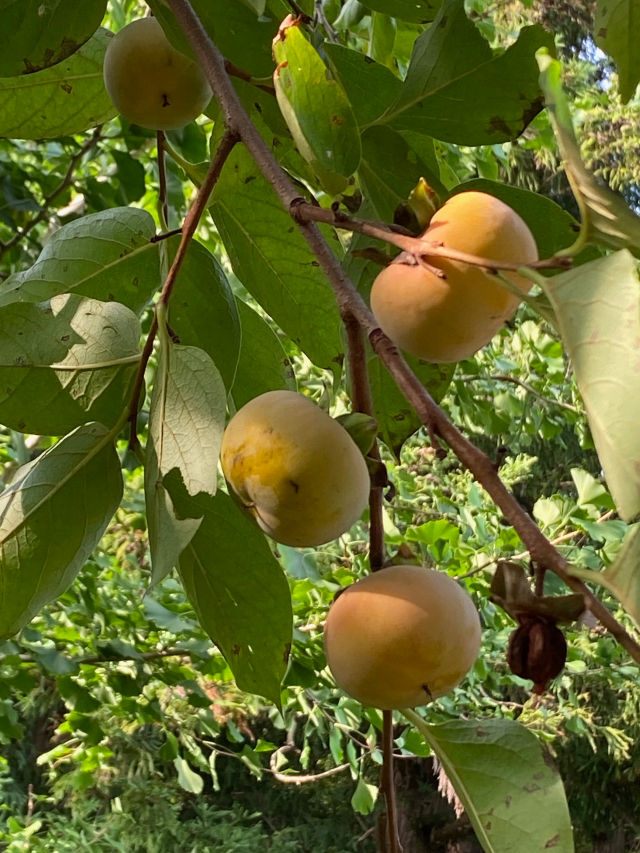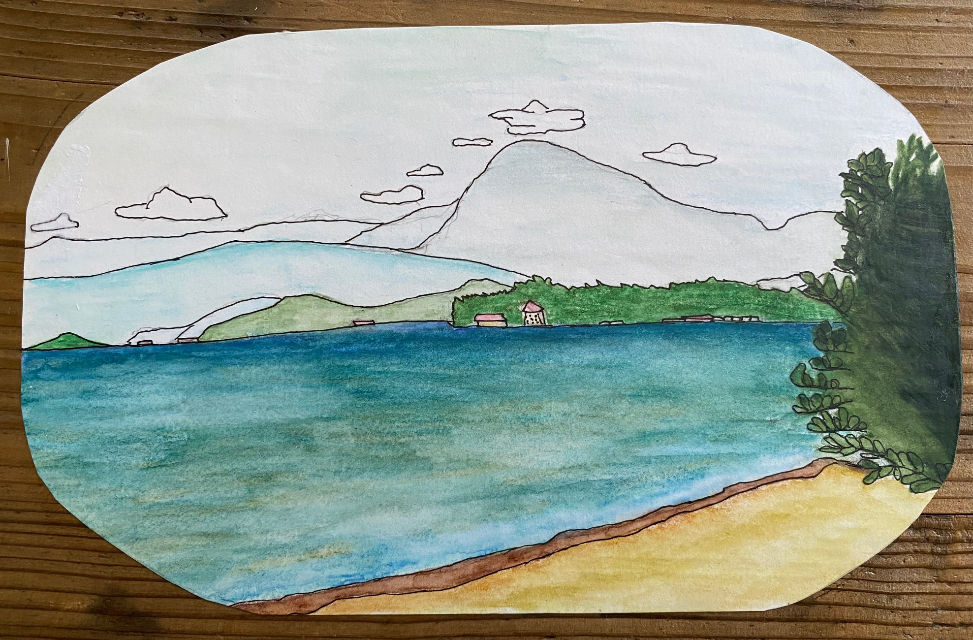WHEN ONE GOES, THEY ALL GO
- Rebecca Otowa
- Dec 15, 2024
- 5 min read

Recently I listened to a podcast in which they talked about traditional Japanese crafts, which are swiftly disappearing. He mentioned lacquerware in particular, and said “People don’t use lacquerware in daily life anymore.”
I studied tea during my student life in Kyoto, and one of the things I learned was how to care for traditional lacquerware as used in tea meals. It is not as simple as just tossing them into the dishwasher. Each piece, and there are a lot of them because many have matching lids, must be carefully hand washed and hand dried, then polished with a special cloth till they shine in a particular way.
This alone is one good answer to the question of why traditional lacquerware isn’t used in daily life. It’s simply too time-consuming, when the plastic version is similar in look and can be treated more roughly.
Lacquerware was for the rich in the old days. My husband came from a long line of rich farmers and samurai, and one of the ways people could tell this was by the enormous amount of lacquerware in our storehouse. (I suspect that’s why a lot of it was acquired, as a status symbol.) The other thing that rich people had, besides money and lacquerware, was a lot of servants. There were many human hands available for every household task, be it drying and polishing lacquerware to its optimum sheen, or polishing woodwork with bags of rice germ to bring out the shine, or any of the other myriad tasks in the house, and outdoors as well.
Can the culture of lacquerware be divorced from servants? Think of the workshops of the lacquerware makers. There are many classes of lacquerware, and my guess is that there was “mass-produced” stuff in the old days, which traded on the fact that farmers, however rich, could not be expected to tell the difference. Maybe there was a “master” whose expertise depended on centuries of unbroken lineage (itself predicated on heartbreak for some children, who were often ripped from their biological homes in order to be a part of the “lineage” in other homes – this is how it is when the physical home or business is more important than individual people; it happened not a few times in our family as well). Apprentices were meagerly paid, and the master himself was not paid more than he could earn or had by right of heritage. Most of the people working in those workshops were neither more nor less than servants; maybe some of them were there to “learn the trade”, but even they endured years of sweeping the floor and observing the master (that was how things were taught in the old days, not by being lectured in formal lessons, but by observation), in living conditions which would appall us now; maybe, like Oliver Twist, expected to sleep in the shop under the counter “for you can’t sleep anywhere else”, and given scraps to eat.
These days, to be apprenticed to a master craftsman, you must have independent means. These traditional crafts mostly don’t pay very well, and the whole culture of appreciating fine lacquerware (to use but one example) no longer exists, mostly, except perhaps in the rarified atmosphere of collectors or tea masters.
When one thing goes (the culture of having servants to do the painstaking work of making and caring), the whole thing (traditionally made crafts etc.) goes as well. At least that is my feeling, having been brought up on the cusp between the traditional and modern lifestyle. It is all very well to talk of appreciating these crafts. They deserve not to be lost, but how can they be revitalized when the entire culture that produced them is a thing of the past?
Just to cite another example, one thing that I have been thinking about recently is the demise of endurance (gaman or gambaru) in daily life. Can we imagine a modern kid having to endure the things his or her ancestors did, perhaps living under the counter in a shop and subsisting on a meager diet of acorn rice? They probably would moan and groan if they weren’t allowed to have their smartphone with them during the ordeal. I’m not judging, I’m just observing that the culture is not the same as before. “Kore de gaman shinasai” (“You just have to put up with this”) is a rare thing these days for many children to hear, I suspect. But putting up with something in order to get something else in the future (delayed gratification) is a valid engine of society, or has been in the past. Is this another thing that goes by the board in modern society?
We have become a culture of complainers. We are outraged at the smallest shortcoming of another person, and at the same time, we expect to have any amount of slack given to us, for various reasons. We even enter into huge arguments with strangers who don’t think the way we do on “social” media. There are even so-called “First World Problems” videos, in which people in Africa who subsist at the minimum level, are recorded saying “My smart phone charger cord doesn’t reach the bed table” or whatever. It does put things in perspective.
I guess I’m thinking about endurance more than usual because it’s now winter, and I have to get through it with minimal heating except in bed. We rely on space heaters, mostly kerosene, which in a drafty house with high ceilings barely makes the rooms a couple of degrees warmer. So, do I feel superior to those who, at the flick of a switch, can enjoy as much warmth as they like with central heating or wall units? Not really, as my situation makes me relish warmth wherever I can get it, as in stores or in the car, and at other times I just mutter to myself the old Zen proverb, “In summer we sweat, in winter we shiver” and reach for another pair of warm socks. I can use this time, which after all is only 3 or 4 months of the year, as my personal time of endurance. Things shouldn’t be the way we want all the time. Enduring small things is like practice; it makes us stronger when we have to endure large things. This is what I believe. In my old house, traditionally, the way of life and the attitude towards the cold were different. If I want to enjoy the old house, I have to endure the cold of this season as best I can.
Perhaps it’s time to admit that the world has changed. These traditional crafts will survive or they won’t. Their cultural milieu is no longer viable, and it’s not fair to people living in this culture, who know no other, to carry these things into the future. Of course there are those who recognize their worth, and this is wonderful; these people should be encouraged, because it is a sign that they care about humanity’s accomplishments through the centuries.
There are important things in this world, which will never go. I wish everyone the courage to find such things and to make sure that at least you yourself will never let go of them. That way lies a life well lived.



Slightly related ... I asked my adult children to buy a new star to put on top of the Christmas tree as the old one had lost its sparkle. This decoration is now called a "tree topper". Descriptive but has none of the magic of a star lighting the way from the top of the Christmas tree.